There is a great simplicity in a trip to the Arctic tundra, the demands of everyday life back home drop away and are replaced by new routines. Prominent amongst these new tasks is collecting firewood for drying, cooking, heating and melting snow to make water, in fact melting snow warrants a whole task category of it’s own!

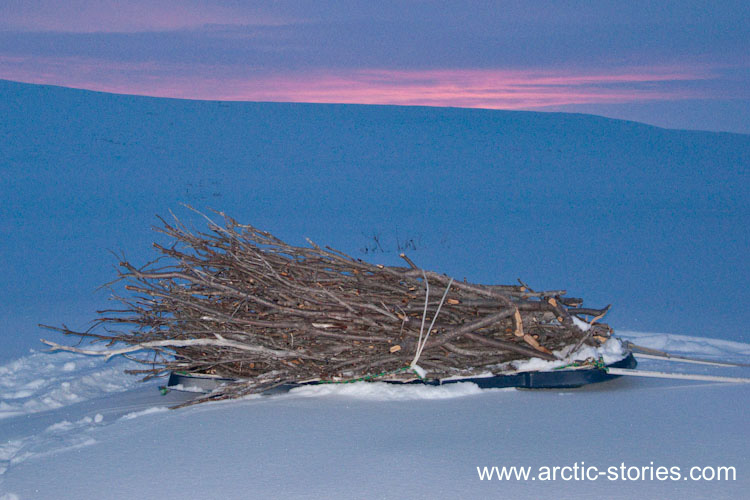
Sometimes you can find plenty of wood, sometimes you can find scarcely any and you eek out a few twigs to make precious drinking water.


The wood comes from dwarf willows, they can grow in great thick stands along sheltered river valleys, drop away to a few spindly shrubs is less propitious places and even more often there are none at all.
It can be surprising how much good dead wood there is in a small clump, here’s a time lapse of the process:
& of course while you are doing all that hard work you are thinking of the tasty meal to come – in this case sausage, rice and exotic veg, well frozen veg.

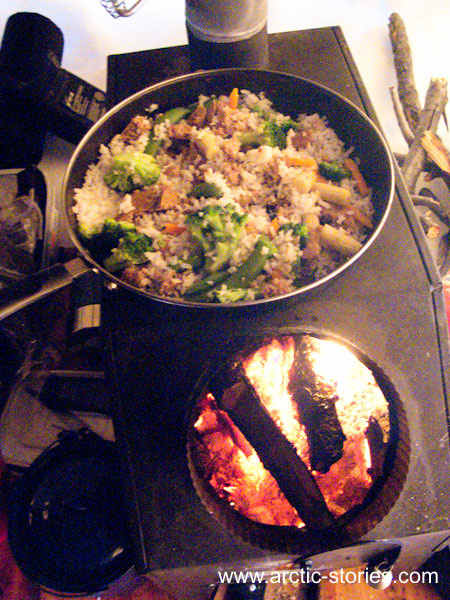
The frozen veg, particularly the little baby sweetcorns and mangetout peas and the frozen papaya, mangoes and strawberries that followed, always get me thinking how strange but ingenious the supply and distribution of food is – grown and frozen in South America, shipped and consumed in the Arctic. I could wax lyrical about just how good strawberries taste when thawed and warmed over the fire with a little sugar at the end of a long day – food for thought and sustenance.

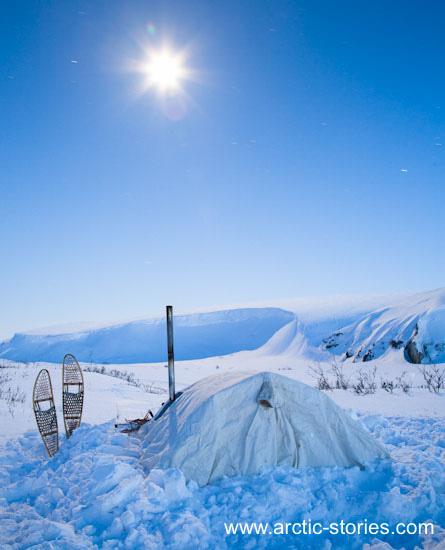
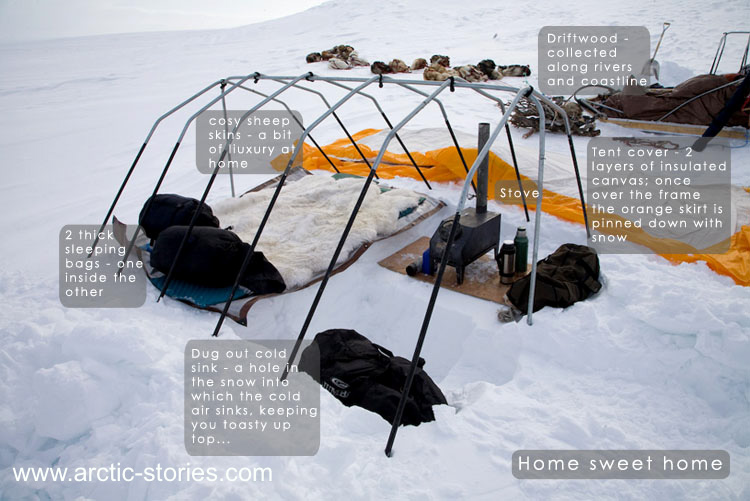
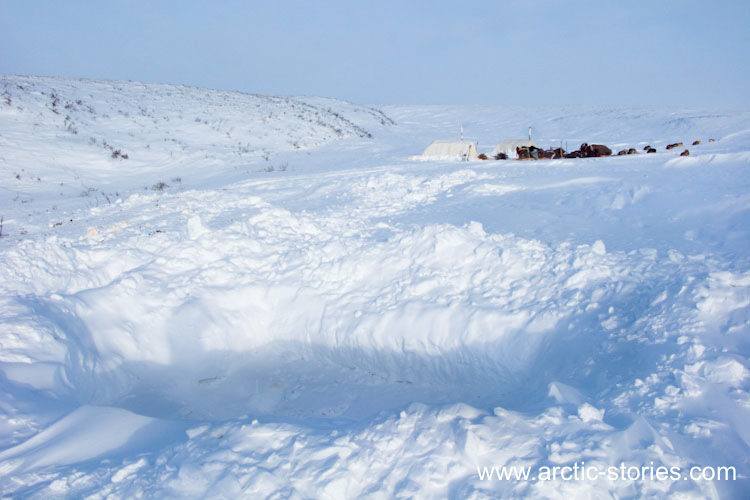

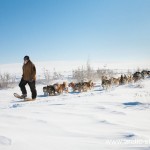


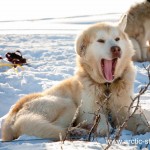



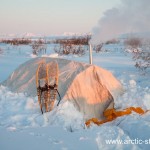


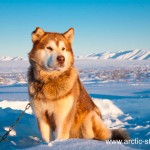

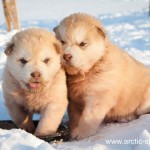
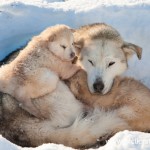
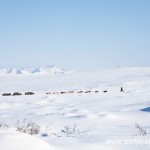

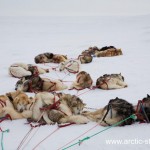
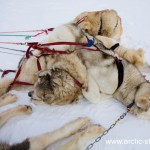
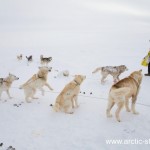
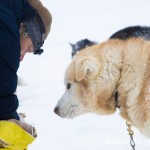
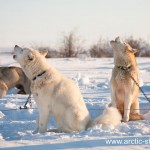
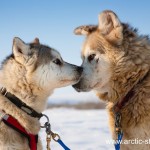
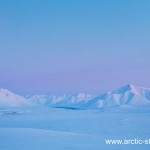
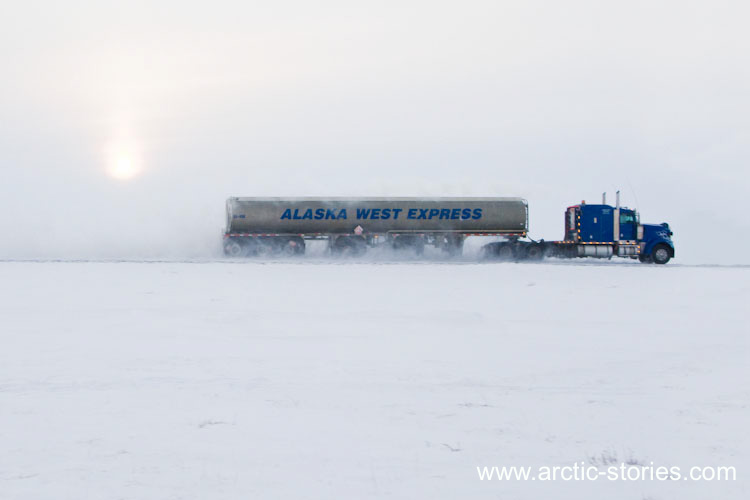

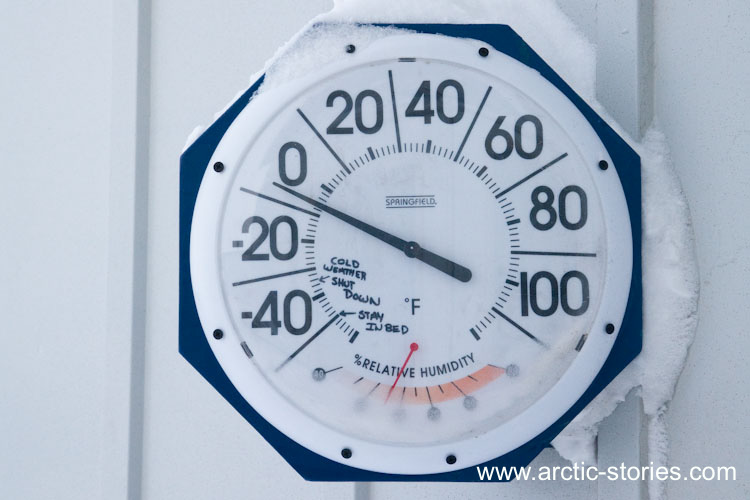


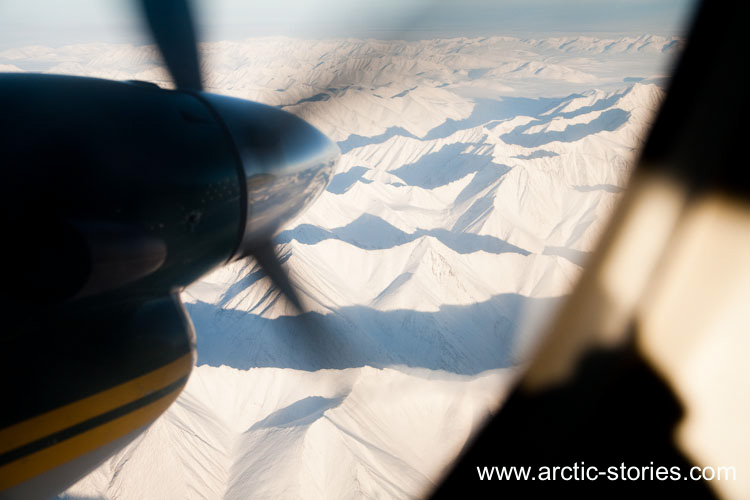
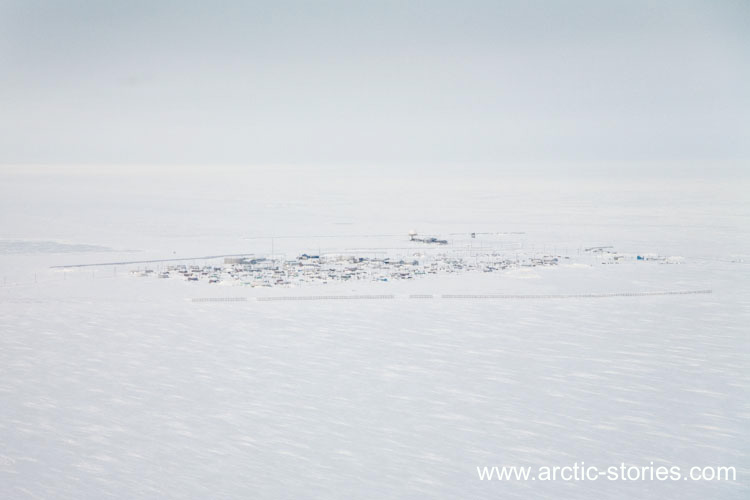
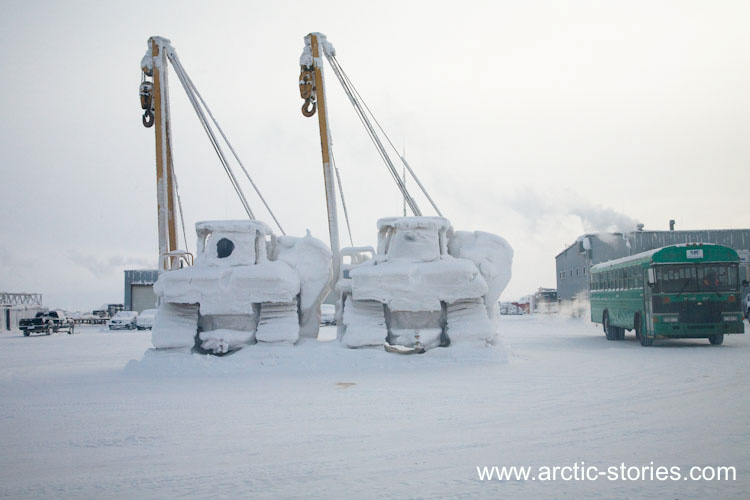
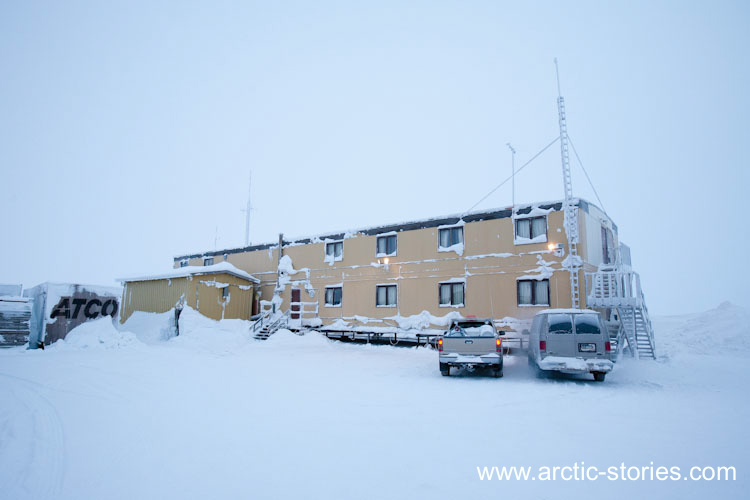

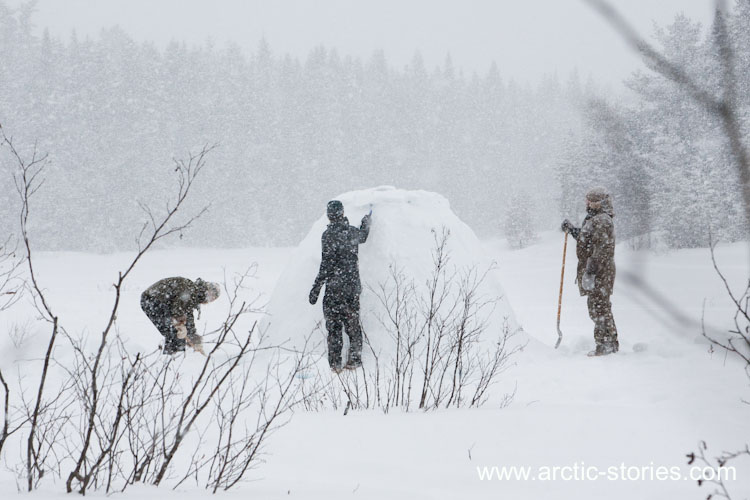


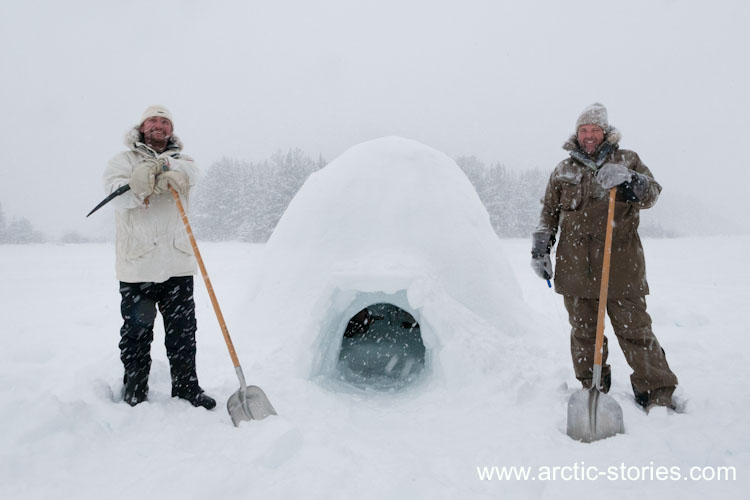
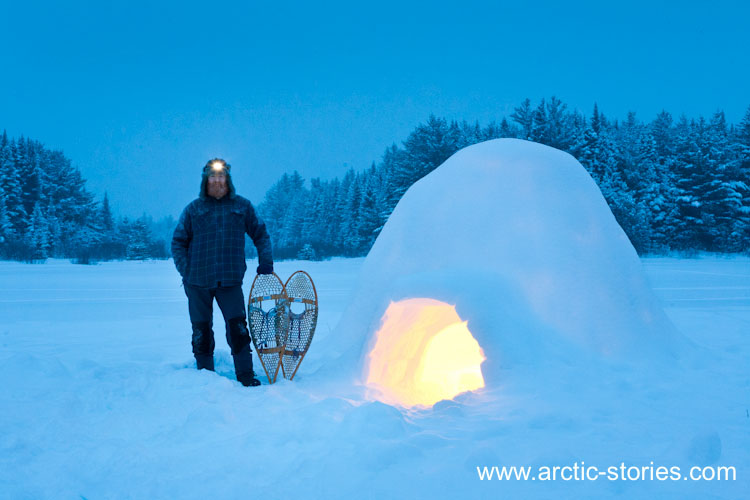


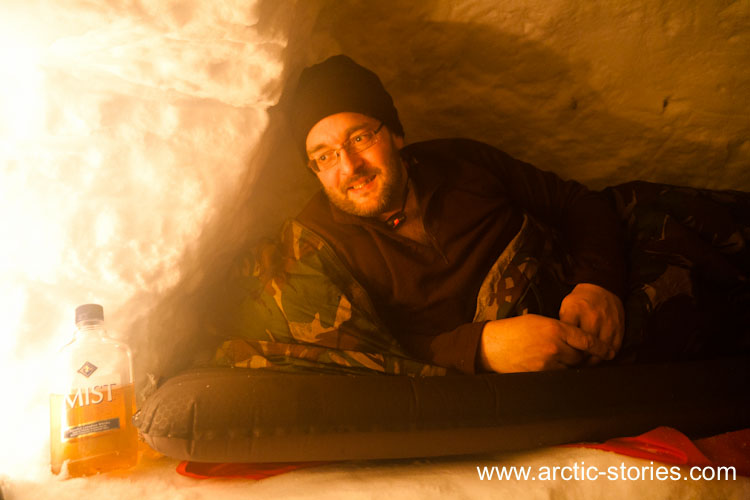

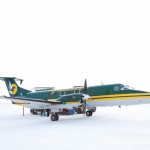

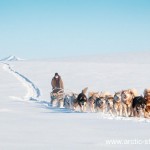
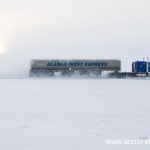
no comments